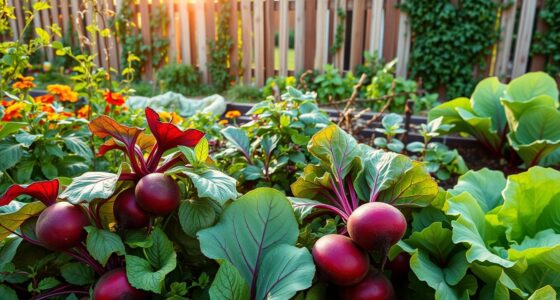Picture this: you’re in your garden, a sanctuary filled with life, color, and the earthy smell of damp soil. Amidst your leafy companions, there lies a unique plant known as the toothache plant. As you gently brush your fingers over its jagged leaves, you’re not just feeling the texture; you’re connecting with a long-held tradition of using this remarkable herb for relief. Just as you’ve found a faithful ally in the toothache plant, you can also cultivate a vibrant ecosystem by introducing toothache plant companion plants. These garden allies not only share space, but they enhance each other’s strengths, creating a thriving environment that sparks joy and growth. Together, you and your plants can embark on a journey toward healthier gardening practices—an adventure that starts with understanding toothache plant care and its companions. Let’s explore the harmonious relationships that await you in this exciting gardening experience!
Key Takeaways
- Toothache plants support various companion plants in your garden.
- Companion planting enhances the health of your toothache plants.
- Understanding toothache plant care is vital for successful growth.
- Companion plants can deter pests and attract pollinators.
- Creating an ecosystem in your garden fosters a vibrant environment.
- Explore a variety of plant combinations to enrich your space.
Understanding Toothache Plant Basics
The toothache plant, known scientifically as Acmella oleracea, serves as a remarkable addition to your garden due to its numerous qualities and traditional applications. This unique plant is celebrated for its oral pain-relief properties, making it a favorite among herbal enthusiasts. Understanding the characteristics and cultivation techniques of the toothache plant is essential to fully appreciate its invaluable medicinal benefits.
What is the Toothache Plant?
The toothache plant, often found in tropical regions, has striking yellow flowers that resemble small daisies. Not only is it visually appealing, but its leaves contain compounds that offer natural pain relief. When chewed, these leaves create a tingling sensation, which provides a unique remedy for toothaches and other types of discomfort.
Benefits of Growing Toothache Plant
- Natural analgesic properties help alleviate oral pain.
- Easy to grow in a home garden, adding aesthetic appeal.
- Offers a sustainable source of herbal medicine.
- Encourages biodiversity by attracting pollinators.
Ideal Growing Conditions
To successfully cultivate this fascinating plant, consider the following toothache plant growing tips:
- Choose well-draining soil to prevent root rot.
- Provide ample sunlight to facilitate healthy growth.
- Moderate watering is essential; allow the soil to dry slightly between waterings.
- Fertilize once a month with a balanced fertilizer to enhance growth.
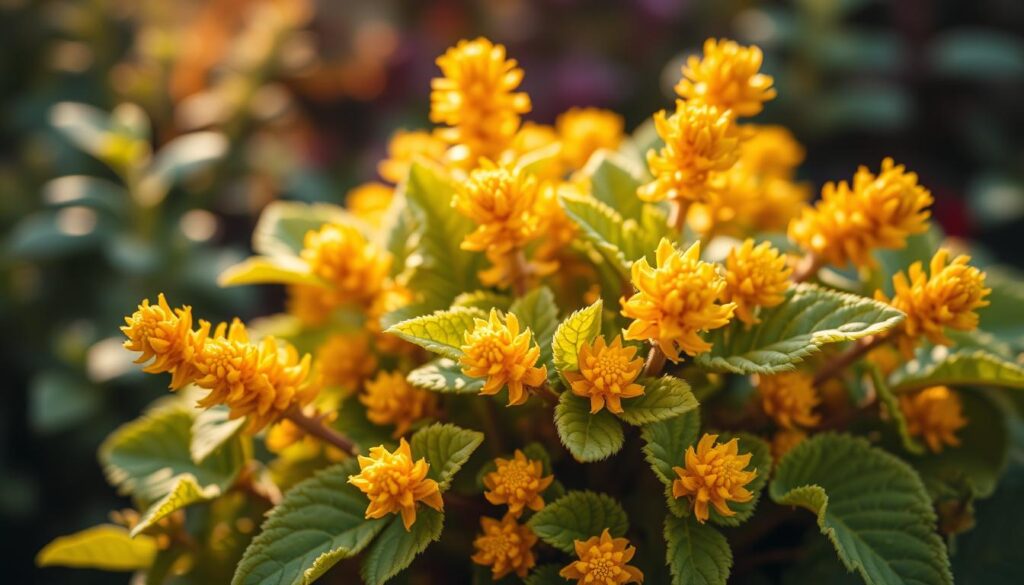
Companion Planting Explained
Companion planting is a method that allows you to grow different plant species side by side, creating a symbiotic relationship that benefits both. This gardening practice harnesses natural ecosystems to foster healthy plant growth and improve garden dynamics. Understanding the core principles of companion planting can lead to an abundance of advantages in your garden.
What Is Companion Planting?
Companion planting involves the strategic positioning of various plants to enhance growth, aid in pest control, and boost overall garden health. By selecting compatible plants, you create a more efficient garden space that maximizes resources and minimizes challenges. This practice also promotes biodiversity, fostering a balanced ecosystem that encourages beneficial insects while deterring harmful pests.
Benefits of Companion Planting for Your Garden
The benefits of companion planting extend beyond mere aesthetics. Some key advantages include:
- Pest Control: Certain plants can repel pests that might otherwise harm neighboring crops.
- Improved Growth: Some plants enhance the growth of others through natural nutrient sharing.
- Flavor Enhancement: Companion planting can improve the flavors of some vegetables or herbs.
- Efficient Use of Space: This technique allows you to maximize your garden’s yield.
- Soil Health: Some plants help improve soil structure and nutrient content.

By embracing companion planting, you not only cultivate a healthier garden environment but also enjoy the many benefits that come with diverse planting strategies. Investing time in developing these connections among plants can transform your gardening experience.
Best Companion Plants for Toothache
When it comes to enhancing the health and productivity of the toothache plant, selecting the right companion plants is crucial. Choosing the best companion plants for toothache plant not only supports growth but can also deter pests and enhance flavors in your garden. Here are three fantastic options that can thrive alongside your toothache plant.
Marigolds: Pest Control Powerhouses
Marigolds stand out as one of the best companion plants for toothache plant. Their vibrant flowers not only beautify the garden but also emit a scent that repels common pests such as aphids and nematodes. This pest control feature safeguards your toothache plant, ensuring it can focus its energy on growth and healing properties.
Basil: Flavor and Function
Basil makes an excellent companion for the toothache plant. Apart from complementing its medicinal uses, basil can infuse your dishes with rich flavor. Its aromatic presence enhances the growing environment, creating a beneficial synergy between the two plants. Incorporating basil amongst your herbs in the garden provides both culinary benefits and supports the health of your toothache plant.
Nasturtiums: Edible and Beautiful
Nasturtiums add a unique charm to your garden, making them one of the best companion plants for toothache plant. Their bright blooms attract beneficial insects while deterring harmful ones, creating a balanced ecosystem. Both the leaves and flowers of nasturtiums are edible, contributing to your garden’s diversity while also enhancing visual appeal.
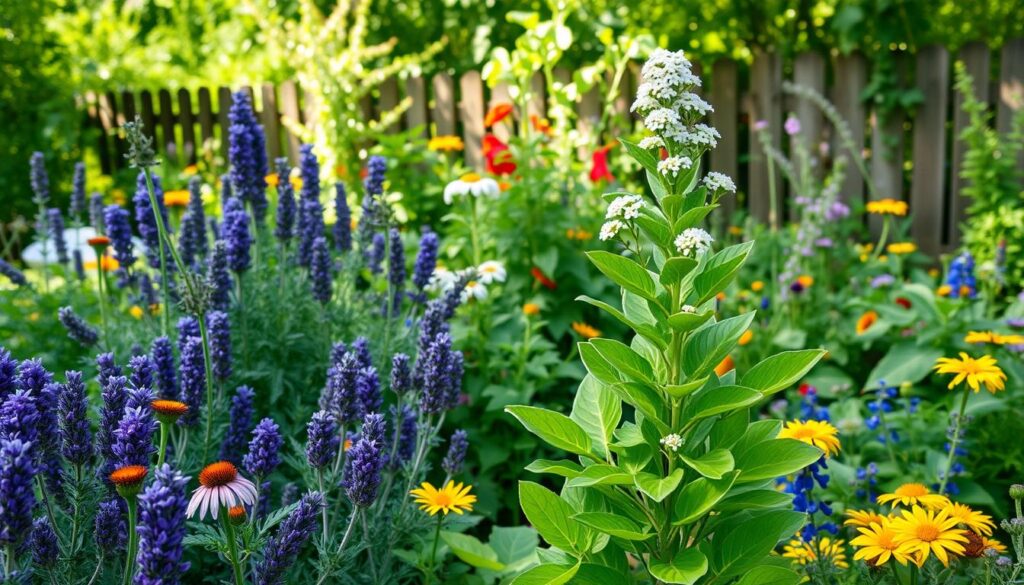
Herbs That Pair Well with Toothache Plant
Integrating the right herbs can significantly enhance your toothache plant’s growth and overall garden health. The combination of flavors and benefits can create a vibrant ecosystem. Here are some herbs that pair well with toothache plant, each offering unique advantages to your garden.
Mint: A Refreshing Addition
Mint not only adds a refreshing aroma to your garden but also provides a practical benefit by deterring pests. Its vigorous growth can inhibit some unwanted insects, making it a valuable companion for the toothache plant. The delightful scent of mint attracts beneficial pollinators, further bolstering your garden’s health.
Lemongrass: A Natural Pest Repellent
The inclusion of lemongrass in your garden provides several benefits. It acts as a natural insect repellent while being a versatile herb for culinary purposes. Growing lemongrass alongside your toothache plant helps keep unwanted pests at bay, allowing both plants to thrive. Its tall, upright stalks create a beautiful visual contrast in your garden too.
Thyme: A Multitasking Herb
Thyme is a multitasking herb that offers numerous advantages in the garden. It attracts pollinators, ensuring your toothache plant benefits from increased visits from beneficial insects. This versatile herb grows well in similar conditions and can thrive with the toothache plant. Having thyme nearby enhances the aroma and builds a harmonious garden environment.
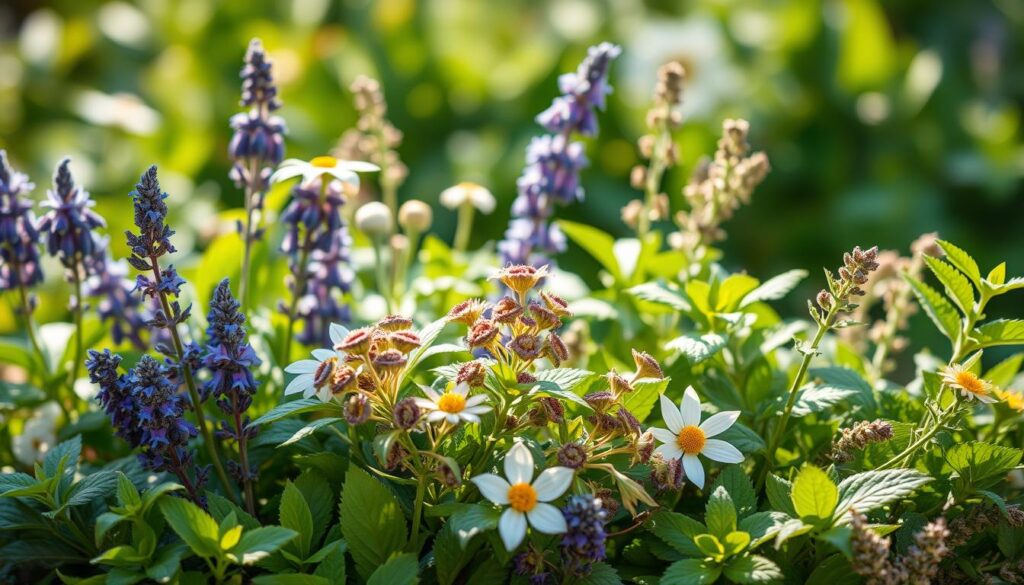
Vegetables to Grow Alongside Toothache Plant
When you think about maximizing your garden’s potential, consider the vegetables to grow with toothache plant. Pairing certain vegetables with this unique herb enhances growth while helping the overall garden thrive. Let’s explore three excellent choices that align perfectly with the toothache plant.
Tomatoes: A Classic Combination
Tomatoes and toothache plant make a great duo in the garden. The toothache plant’s ability to repel common pests helps protect the tomatoes, promoting healthier yields. You will find your tomatoes growing strong and vibrant when these two are grown side by side.
Peppers: Spicy Companions
Growing peppers alongside toothache plant adds a spicy kick to your garden. Besides their delightful flavor, peppers thrive when they share space with the toothache plant. This combination not only enhances the flavor of peppers but also keeps pest populations at bay, ensuring a bountiful harvest.
Onions: Flavor Enhancers
Onions are another fantastic option among the vegetables to grow with toothache plant. These vegetables release natural compounds that deter pests, creating a symbiotic environment. By integrating onions with toothache plant, you benefit from added flavor in your dishes along with a healthier garden ecosystem.
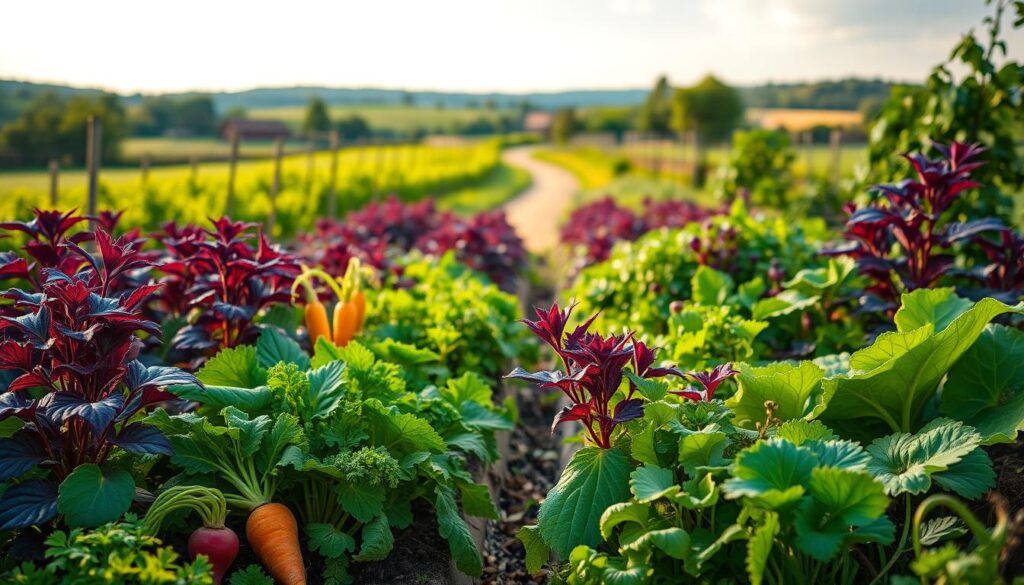
Flowers That Complement Toothache Plant
If you’re looking to enrich your garden while growing toothache plants, consider incorporating vibrant flowers that complement toothache plant. These flowers not only enhance the visual appeal of your space but also offer additional benefits. Let’s explore some excellent floral companions.
Sunflowers: Attracting Pollinators
Sunflowers stand tall as one of the best flowers that complement toothache plant. Their bright yellow petals attract bees, butterflies, and other beneficial insects. This pollinator activity can significantly enhance your garden’s productivity, ensuring your toothache plant thrives alongside its companions. Plus, sunflowers add a cheerful touch to your garden landscape.
Zinnias: Brightening Your Garden
Zinnias are another fantastic choice among flowers that complement toothache plant. With their vibrant colors and varying heights, they not only beautify your garden but also attract pollinators. Planting zinnias near toothache plants creates a lively atmosphere, making your garden a delightful sight while promoting biodiversity.
Calendula: Useful and Ornamental
Calendula, known for its stunning orange and yellow blooms, provides both ornamental beauty and practical benefits. Highly regarded as a medicinal flower, calendula enhances your garden’s utility. These flowers that complement toothache plant can be used for making soothing skin treatments, contributing to both your gardening and health repertoire.

| Flower | Benefits | Color |
|---|---|---|
| Sunflowers | Attracts pollinators, enhances garden productivity | Yellow |
| Zinnias | Brightens garden, attracts butterflies | Variety of colors |
| Calendula | Ornamental and medicinal uses | Orange, yellow |
Creative Plant Pairings for Unique Gardens
Exploring the world of creative plant pairings allows you to transform your garden into a sensory-rich environment. Thoughtful combinations can yield delightful fragrances and dazzling visuals. When you experiment with plant selection and arrangement, not only do you create unique gardens, you also invite a personal touch that reflects your style.
Aromatic Combinations
Aromatic plants can elevate your garden experience through engaging scent. Consider pairing your toothache plant with fragrant lavender or rosemary. This not only enhances the atmosphere but also attracts beneficial pollinators, fostering a thriving ecosystem. Other aromatic partners include:
- Thyme: Offers a pleasant aroma while providing culinary benefits.
- Mint: Adds a refreshing scent and makes a wonderful tea ingredient.
- Oregano: Aromatic with culinary uses, complements many dishes.
Colorful Contrasts
Creating colorful contrasts can make your unique gardens visually striking. Consider mixing flowering plants like zinnias, which offer vibrant hues, alongside your toothache plant. These can brighten up your space and create an inviting aura. Some excellent companion flowers for color include:
- Sunflowers: Tall and bold, they draw attention and cheerfulness.
- Petunias: Diverse in color, they frame your garden beautifully.
- Cosmos: Delicate and stunning, they add a touch of elegance.

Maintaining Your Toothache Plant
Successful toothache plant care hinges on understanding the specific needs of this unique herb. By ensuring you meet its watering and soil requirements, you foster an environment where your plant can thrive beautifully. Awareness of these necessities is a crucial step towards maintaining your toothache plant in a healthy and productive state.
Watering Needs
When it comes to watering your toothache plant, moderation is key. You should aim to keep the soil evenly moist without allowing it to become waterlogged. Over-saturation can lead to root rot, a common issue for many herbaceous plants. It’s best to allow the top layer of soil to dry out before re-watering, ensuring adequate drainage is in place.
Soil Requirements
For optimal growth, your toothache plant thrives in well-draining, nutrient-rich soil. A mix that combines potting soil with organic compost supports the plant in getting the essential nutrients it needs while preventing water retention issues. Regularly checking the soil’s texture and nutrient content aids in maintaining your toothache plant’s health.
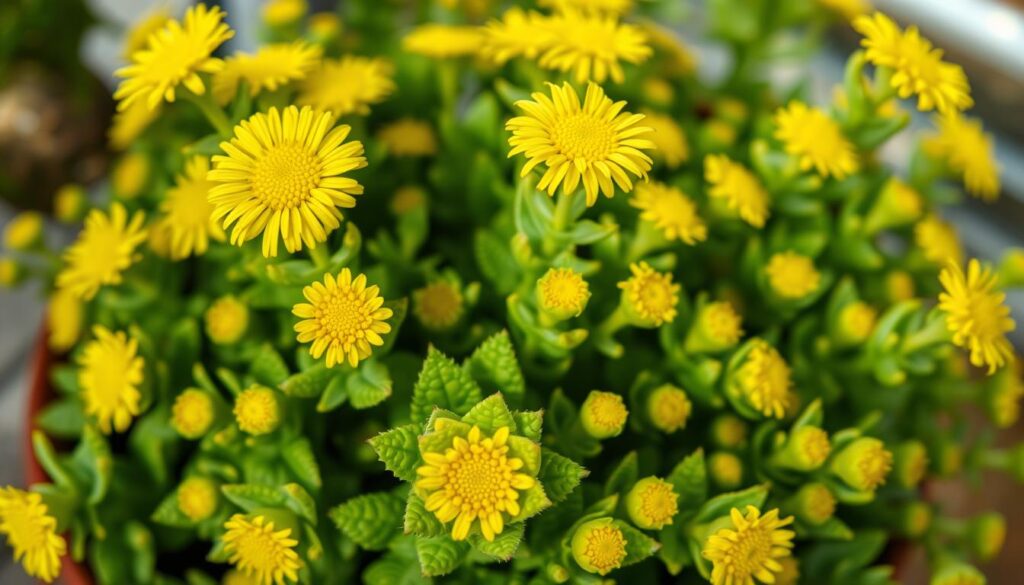
Harvesting and Utilizing Toothache Plants
The toothache plant, known for its unique medicinal properties, requires careful attention during the harvesting process to maximize its benefits. Understanding the best times to harvest can significantly enhance the plant’s potency and effectiveness. By focusing on its usage in traditional medicine, you can appreciate the versatility of the toothache plant in providing relief.
When to Harvest
The ideal time for harvesting toothache plant is when the flowers are in full bloom. This stage ensures that the plant’s active compounds reach their peak concentration, offering the greatest therapeutic benefits. Timing your harvest not only preserves the plant’s qualities but can also improve the impact of its uses in various remedies.
Uses in Traditional Medicine
Traditionally, the toothache plant is renowned for its ability to help alleviate tooth pain, making it a valuable addition to any herbal medicine cabinet. Beyond this prominent use, it can also provide benefits for other oral ailments and digestive issues. Other toothache plant uses include:
- Soothing irritated gums
- Reducing inflammation
- Promoting healing of mouth ulcers
By exploring these applications, you can harness the benefits of the toothache plant effectively.
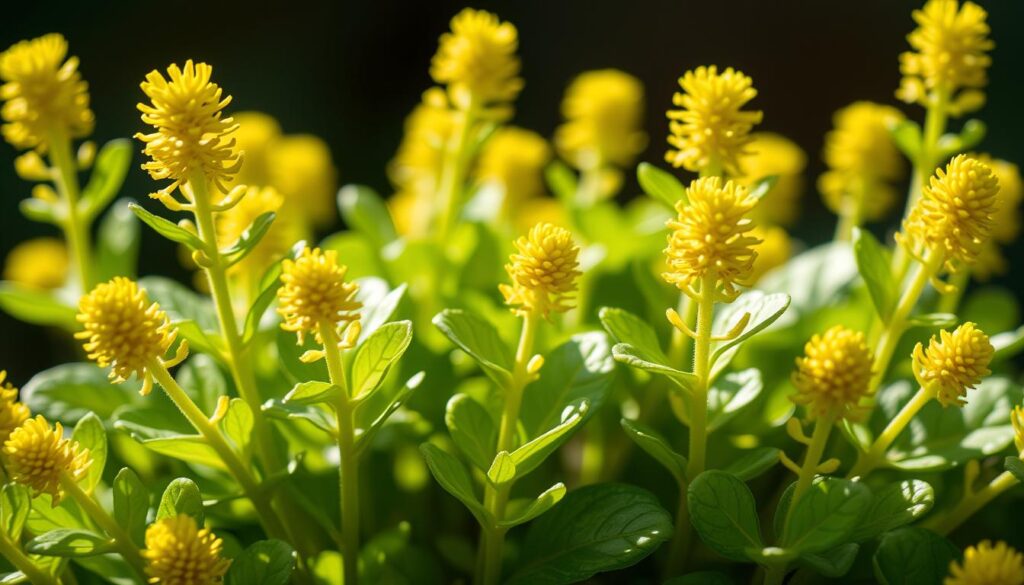
Common Pests and Problems
Pest management is essential for the health of your toothache plant. By understanding how to identify common pests, you can take proactive steps to minimize damage in your garden. Common pests such as aphids, spider mites, and whiteflies can affect various plants in your garden, including the toothache plant. Detecting these issues early allows for more effective pest control in gardens.
Identifying Pest Issues
Recognizing the signs of pest infestations is key to maintaining a thriving garden. Look for the following indicators:
- Aphids: These small, soft-bodied insects cluster on new growth and can create a sticky residue.
- Spider Mites: Fine webbing on leaves and a stippled appearance indicate spider mites at work.
- Whiteflies: These tiny, flying insects tend to gather on the undersides of leaves.
Natural Remedies and Solutions
Implementing natural solutions can significantly reduce infestations without resorting to harsh chemicals. Consider these friendly approaches:
- Companion Planting: Grow pest-repelling herbs such as basil or mint near your toothache plant.
- Homemade Sprays: A mixture of water and dish soap can deter common pests when sprayed directly on the affected areas.
- Encouraging Beneficial Insects: Introduce ladybugs and lacewings that feed on pests, creating a balanced ecosystem.
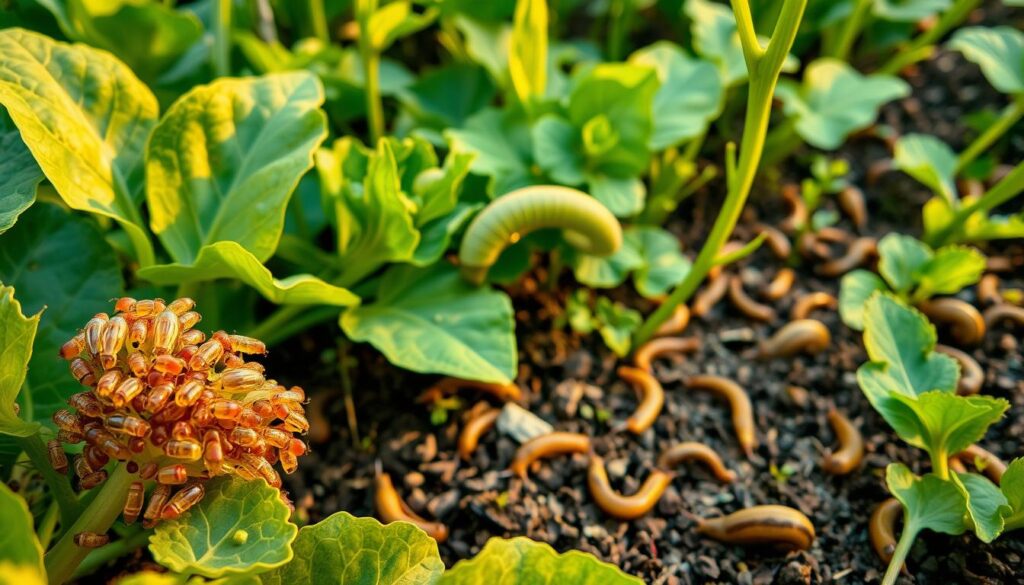
Tips for Successful Companion Planting
Companion planting is a strategy that enhances the health and yield of your garden. By utilizing effective tips for companion planting, you can improve growth patterns and pest resistance. Focusing on proper spacing and selecting compatible plants plays a critical role in successful gardening.
Spacing and Arrangement
Proper spacing is essential for maximizing sunlight exposure and ensuring adequate air circulation between plants. Consider the following tips:
- Plan your garden layout to allow taller plants to shade shorter ones, preventing them from being sunburned.
- Space your plants adequately to enhance airflow; overcrowded plants can lead to fungal diseases.
- Group compatible plants together to promote beneficial relationships, such as maximizing nutrient sharing.
Choosing Compatible Plants
Selecting the right plant combinations is vital in achieving a thriving garden. Here are some helpful suggestions:
- Choose plants that attract beneficial insects, which can help control pests naturally.
- Consider plants that deter pests alongside those that are susceptible to them, creating a natural defense.
- Utilize herbs as companions for vegetables to enhance flavor and repel potential threats.
| Plant Type | Compatible Companions | Benefits |
|---|---|---|
| Tomatoes | Basil, Marigolds | Improves flavor, repels pests |
| Cucumbers | Beans, Radishes | Enhances growth, improves health |
| Lettuce | Carrots, Radishes | Utilizes a layered approach, maximizes space |
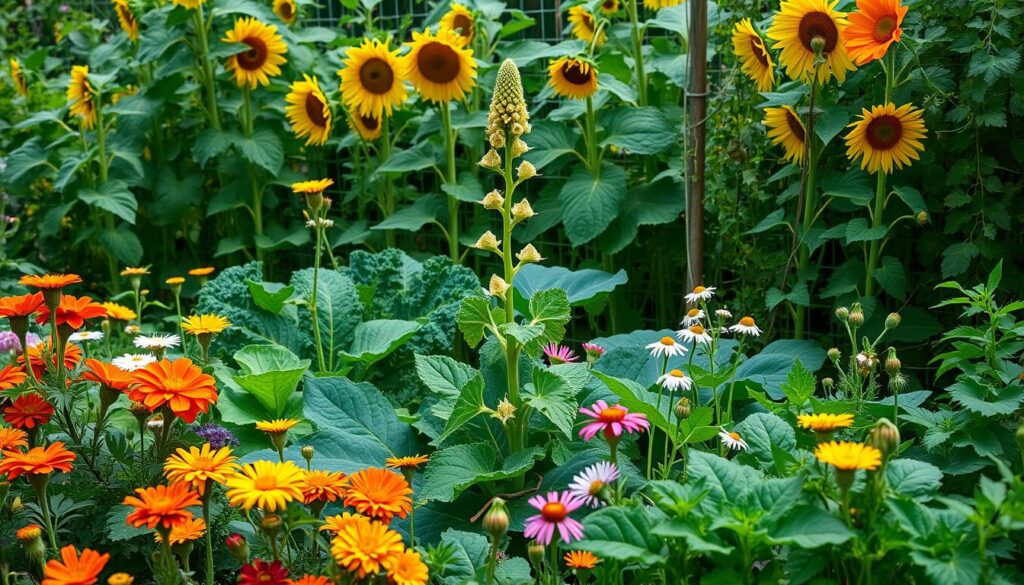
Seasonal Considerations for Planting
Understanding seasonal planting is crucial for the successful growth of the toothache plant and its companions. Knowing when to plant toothache plant not only enhances its yield but also ensures that the surrounding plants thrive together. Seasonal changes influence various aspects of gardening, including soil temperature, moisture levels, and pest activity. Here’s a look at the best times for planting and essential care tips for each season.
Best Times to Plant Toothache and Companions
The optimal planting times for the toothache plant vary depending on your location and climatic conditions. Generally, the following chart provides guidance for your gardening journey:
| Season | Best Time to Plant | Companion Plant Recommendations |
|---|---|---|
| Spring | March to May | Basil, Marigolds |
| Summer | June to August | Nasturtiums, Zinnias |
| Fall | September to October | Thyme, Mint |
| Winter | Indoor Planting | Lemongrass (in pots) |
Seasonal Care Tips
To maintain a healthy garden throughout the year, adjust your care routines based on the season:
- Spring: Water regularly as the soil begins to warm, promoting active growth.
- Summer: Ensure adequate moisture, especially during hot spells, to prevent stress.
- Fall: Mulch well to preserve moisture and protect roots from colder temperatures.
- Winter: For indoor plants, provide ample light and minimize watering as growth slows.
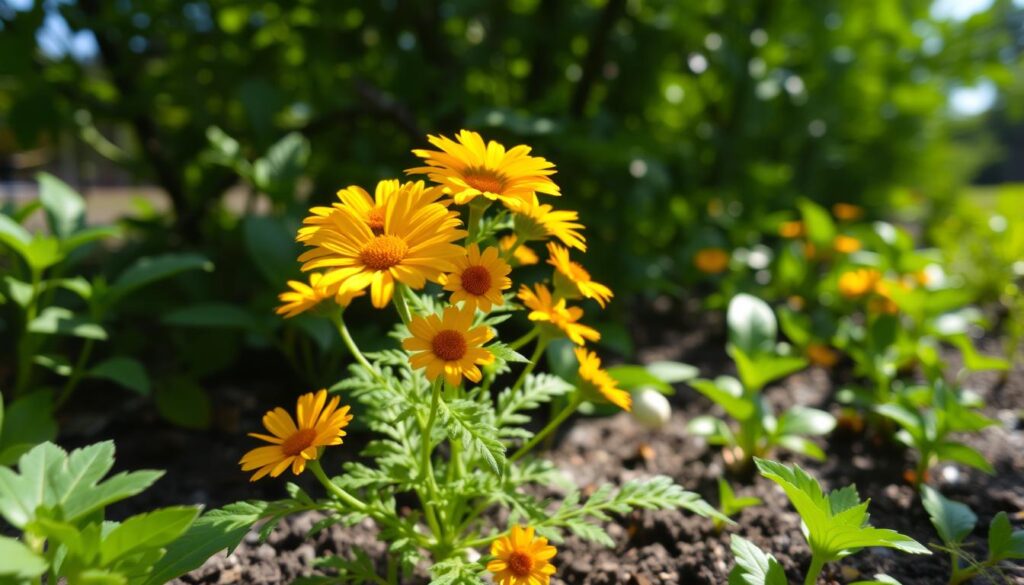
Expanding Your Garden with Toothache Plant
Integrating the toothache plant into your gardening strategy can result in a dynamic and vibrant expanding garden. By utilizing toothache plant propagation techniques, you can seamlessly incorporate this unique herb into your vegetable gardens while enriching the local ecosystem. This section explores ways to blend these plants into edible landscapes and create inviting pollinator-friendly spaces that support biodiversity.
Incorporating into Vegetable Gardens
The toothache plant serves as an excellent companion in vegetable gardens due to its unique characteristics. By placing it alongside crops like tomatoes and peppers, you can benefit from its natural pest-repelling qualities. These traits make it easier to maintain healthy vegetables, ultimately leading to a more productive garden. Regular use of toothache plant propagation techniques can ensure you have enough plants to intersperse throughout your growing areas for a balanced ecosystem.
Creating Pollinator-Friendly Spaces
Designing your garden with pollinators in mind can significantly enhance your overall gardening experience. Including the toothache plant contributes not only to the aesthetic value but also attracts beneficial insects such as bees and butterflies. These pollinators play a crucial role in the health of your expanding garden. Consider grouping toothache plants with native flowers and other herbs to create an enticing habitat for these essential creatures.
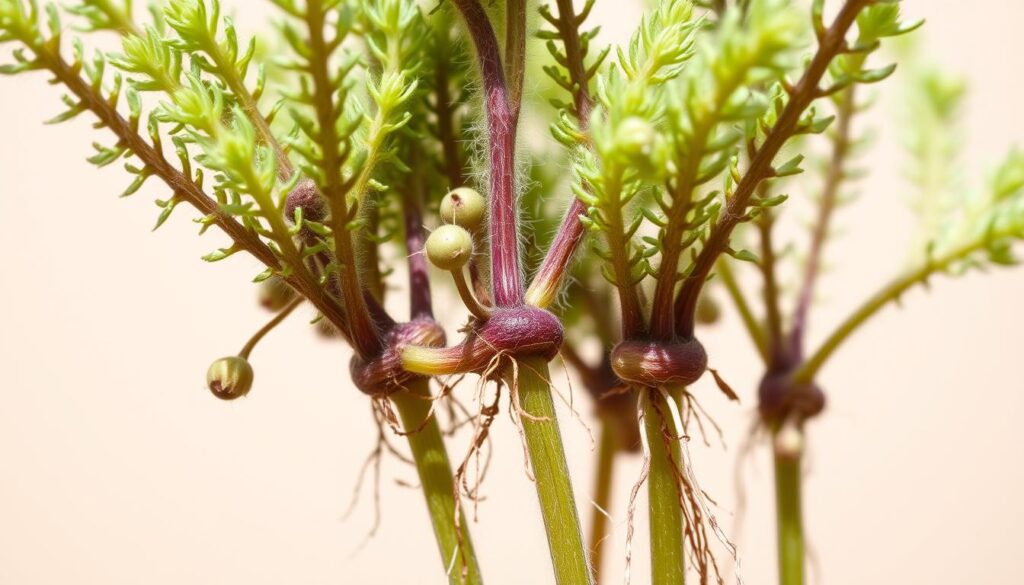
Community and Garden Resources
Connecting with others who share your passion for gardening can enhance your experience and knowledge significantly. Engaging with local gardening clubs and online gardening communities provides opportunities to exchange advice, share experiences, and collaborate on various plant cultivation techniques. These resources foster a sense of belonging among garden enthusiasts and encourage the sharing of valuable information.
Local Gardening Clubs
Joining local gardening clubs can open up a network of passionate individuals who can help you grow as a gardener. These clubs often organize workshops, plant exchanges, and community garden projects, offering a fantastic way to learn from experienced gardeners and develop lasting friendships.
- Attend workshops to improve your skills.
- Participate in community events to share your gardening journey.
- Access local gardening resources like soil testing and pest control advice.
Online Gardening Communities
Participating in online gardening communities provides a platform for quick answers and diverse perspectives. Social media groups, forums, and dedicated websites allow you to ask questions, share your successes, and troubleshoot gardening challenges with a wide audience.
- Join social media groups for daily tips and support.
- Explore forums that focus on specific plant types or gardening techniques.
- Access a wealth of information and local gardening resources from around the world.

Final Thoughts: Companion Gardening Success
As you embark on your companion gardening journey, remember that it’s not just about reaping a bountiful harvest but also about enjoying the process. Gardening is an adventure filled with discoveries, learning experiences, and moments of peace. Each plant you choose to grow alongside your toothache plant can enhance not only the environment but also your connection to nature. Patience is key, as the true rewards often come with time and care.
Embracing the journey allows you to appreciate each stage of growth, from planting seeds to watching your garden flourish. The vibrant colors and pleasing scents all contribute to a space that can bring joy to you and your loved ones. Moreover, understanding the synergies between plants fosters a deeper appreciation for the ecological relationships within your garden. This understanding is vital for achieving companion gardening success.
Ultimately, the most fulfilling aspect of gardening is enjoying the fruits of your labor. Whether it’s a simple harvest of toothache plants or the stunning beauty of blooming companions, your garden can be a source of pride and nourishment. So, take a moment to reflect on your progress, celebrate your achievements, and fully embrace the lush benefits of your hard work. Happy gardening!



